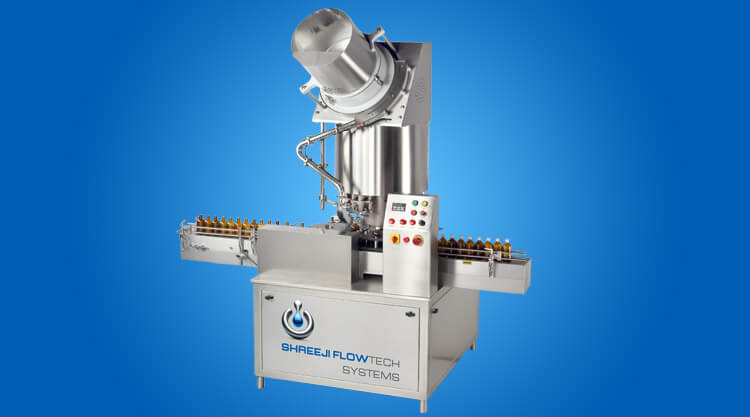Introduction
Upgrading capping machines is a crucial decision for businesses aiming to enhance production efficiency and meet growing demands. Knowing the right time to invest in new technology involves evaluating both the capacity of your current machines and their capability to meet your production needs. This article provides guidance on selecting the optimal time for upgrading your capping machines by examining key factors that influence the decision.
Assessing Current Capacity and Performance
Production Volume
- Evaluate Output: Determine if your current capping machines can handle your existing production volume efficiently. Consider if they meet the required speed and output levels.
- Growth Forecast: Analyze future production forecasts to assess whether your current machines will accommodate expected increases in demand.
Machine Performance
- Efficiency Metrics: Review the efficiency and accuracy of your existing capping machines. Are they consistently performing within desired tolerances?
- Downtime and Maintenance: Monitor the frequency and cost of maintenance and downtime. High maintenance costs or frequent breakdowns may indicate a need for an upgrade.
Identifying Capability Gaps
Technological Advancements
- New Features: Examine the latest advancements in capping technology, such as improved automation, enhanced speed, and better flexibility. Determine if your current machines lack these features.
- Integration: Assess if newer models offer better integration with other production systems, such as conveyors and quality control systems.
Quality and Consistency
- Quality Control: Evaluate if your current machines meet the quality standards for capping, including consistent seal integrity and appearance.
- Adaptability: Consider whether your current machines can handle different types of containers and caps, or if they are limited to specific formats.
Financial Considerations
Cost-Benefit Analysis
- Initial Investment: Compare the cost of new capping machines with the benefits they offer, such as increased efficiency and reduced labor costs.
- Return on Investment (ROI): Calculate the expected ROI from upgrading, including potential savings in maintenance and improvements in production output.
Budget Constraints
- Financial Planning: Review your budget and financial capacity for investing in new equipment. Consider financing options if needed.
- Long-Term Savings: Factor in long-term savings from reduced downtime and maintenance costs, which can offset the initial investment.
Timing the Upgrade
Production Cycles
- Scheduled Downtime: Plan the upgrade during scheduled production downtimes to minimize disruption to your operations.
- Seasonal Considerations: Choose a time that aligns with your production cycles and sales patterns to avoid peak periods and ensure a smooth transition.
Industry Trends
- Market Trends: Stay informed about industry trends and technological advancements to make timely decisions about upgrading. Look for signs that your competitors are adopting new technologies.
Benefits of Upgrading
Increased Efficiency
- Faster Processing: Newer capping machines typically offer faster processing speeds, which can boost overall production efficiency.
- Reduced Waste: Advanced machines often reduce the rate of defective caps and containers, leading to lower waste and higher product quality.
Enhanced Flexibility
- Adaptability: Modern capping machines offer greater flexibility in handling different types and sizes of containers, accommodating diverse production needs.
- Future-Proofing: Investing in cutting-edge technology can future-proof your production line against evolving industry standards and customer demands.
Improved Employee Satisfaction
- Ease of Use: New machines often come with user-friendly interfaces and automation features, reducing the manual labor required and improving working conditions for employees.
- Training and Support: Manufacturers of new equipment typically offer training and support, easing the transition for your team.
Making the Decision
Consult with Experts
- Industry Consultants: Seek advice from industry experts or consultants who can provide insights into the best timing and options for upgrading your capping machines.
- Vendor Recommendations: Discuss your needs with equipment vendors to understand the latest technology and how it aligns with your production requirements.
Trial and Testing
- Pilot Testing: Consider conducting pilot tests with new machines to evaluate their performance before committing to a full-scale upgrade.
- Feedback from Staff: Gather feedback from your production staff on current challenges and desired improvements to ensure the new equipment meets their needs.
Conclusion
Selecting the right time to upgrade your capping machines involves a careful assessment of your current capacity, capability gaps, and financial considerations. By evaluating these factors and staying informed about technological advancements, you can make an informed decision that enhances production efficiency, quality, and overall operational effectiveness. Investing in new capping technology at the right time ensures that your production line remains competitive and capable of meeting future demands.


